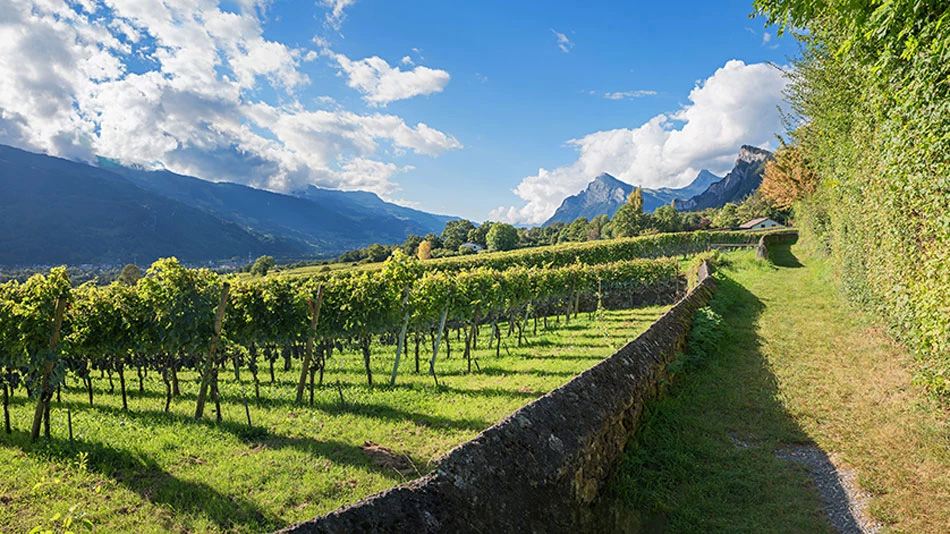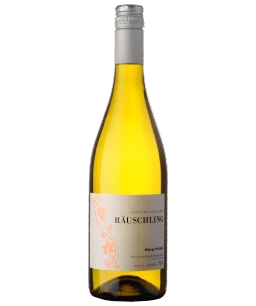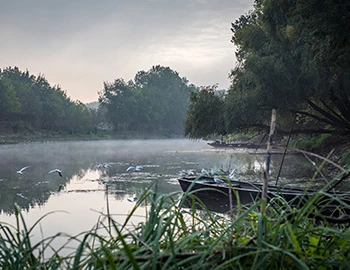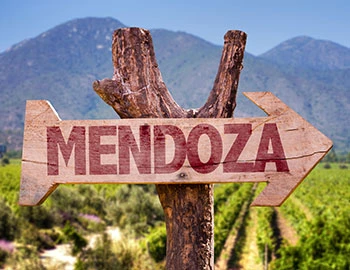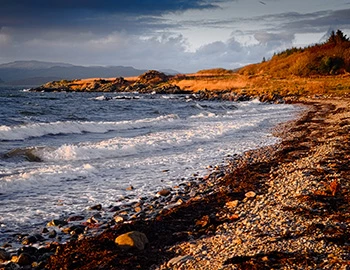Ostschweiz
Eastern Switzerland: an intriguing puzzle
Eastern Switzerland has long been positioned on the northern rim of the climate zone where the cultivation of popular Swiss varieties is possible. Due to a warming climate, the vineyards of Aargau, Zurich, Schaffhausen, Thurgau and Graubünden are now in the zone where varieties such as Müller-Thurgau or Pinot Noir succeed excellently. But even long-established, almost-forgotten varieties such as Elbling, Räuschling and Completer are experiencing a renaissance.
Sparkling wines from Ostschweiz
White wines from Ostschweiz
Red wines from Ostschweiz
Hermann Müller (1850-1927) hailed from a family of winemakers from the Thurgau, and became one of the most famous viticulturists in Europe. In the prestigious research institute in Germany's Geisenheim, where he called himself Hermann Müller-Thurgau, he bred the Müller-Thurgau variety in 1882, which became the most successful new breed worldwide. In the intervening years, its reputation declined, as it was ascribed with a restricted quality potential. But it remains the most important white wine variety in eastern Switzerland. Since Müller-Thurgau wines (often also called Riesling-Sylvaner) are vinified without acid reduction, the variety is experiencing a renaissance thanks to impressive primary fruit and freshness.
The Romans were the first
There are 17 cantons in eastern Switzerland where wine is cultivated. Zurich (620 hectares), Schaffhausen (500 hectares), Graubünden (425 hectares), Aargau (400 hectares) and Thurgau (270 hectares) are the most important. Excavations indicate that the Romans established the first vineyards in eastern Switzerland around 2000 years ago. Later, monasteries and noble houses continued the development of viticulture. It has been estimated that, before the invasion of phylloxera, there were around 15,000 hectares of vineyard area in eastern Switzerland. Today, there are around 2,700 hectares
Pinot Noir
Viticulture is practiced here in climatically favoured locations, including lakeshores, river valleys and hillside vineyards. With an average of 1,600 hours of sunshine and rainfall of about 1,100 millimetres per year per square metre, and with soils dominated by calcareous clay with varying proportions of gravel and sand, the conditions are now ideal for crafting balanced wines. Thus the best Pinot Noir wines (also called Blauburgunder) in the country come from eastern Switzerland. The top selections matured in barriques can certainly take on the premium wines from Burgundy. White Burgundy varieties like Sauvignon Blanc and Gewürztraminer, as well as red specialties such as Regent, Garanoir and
